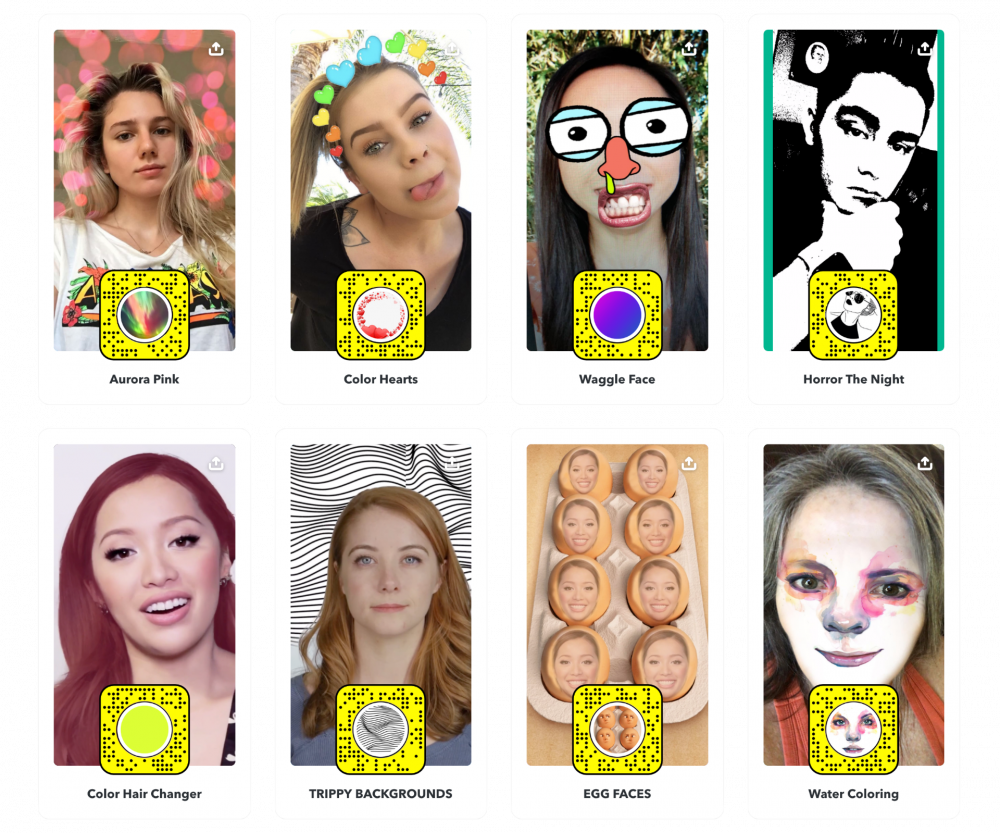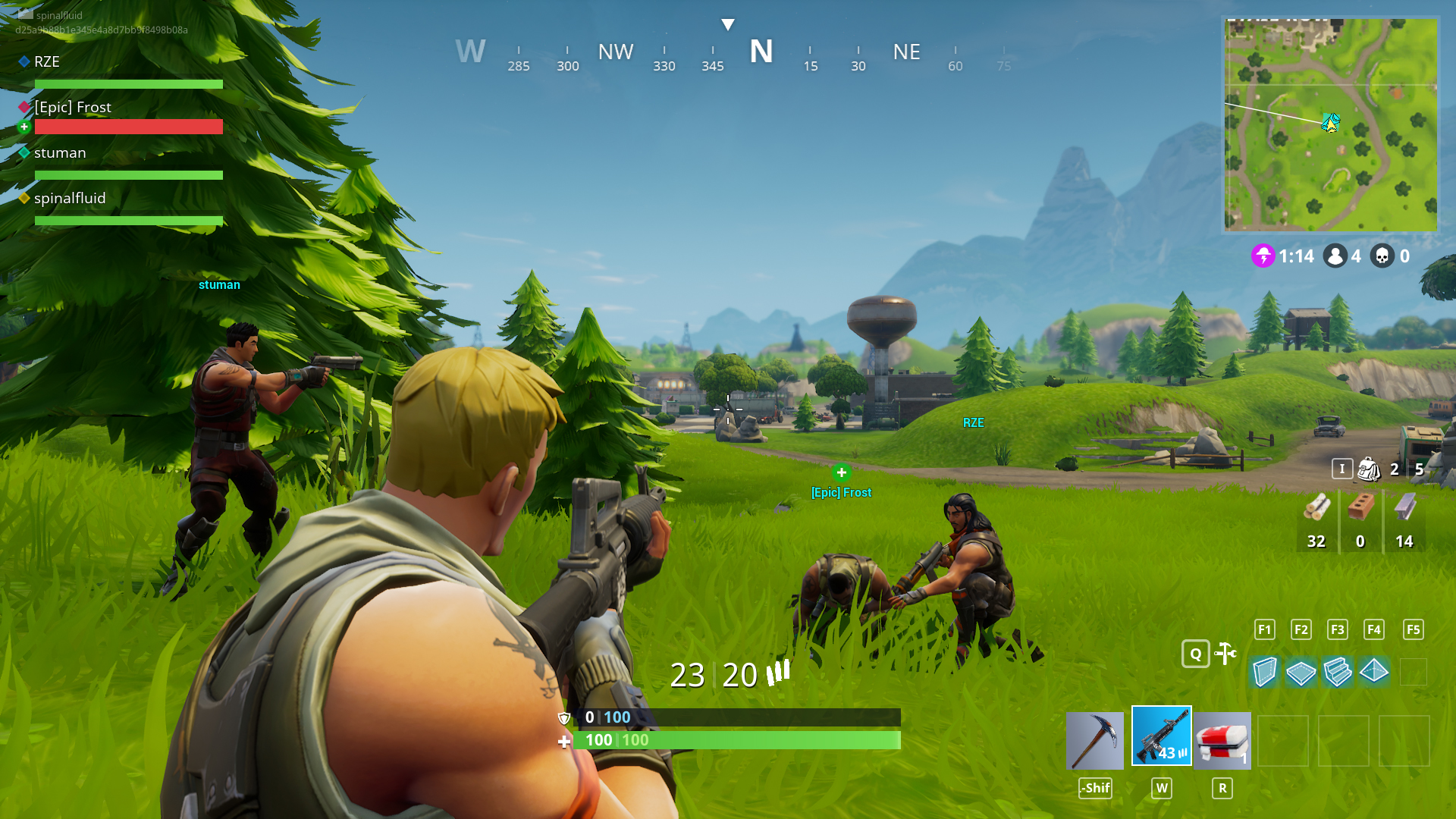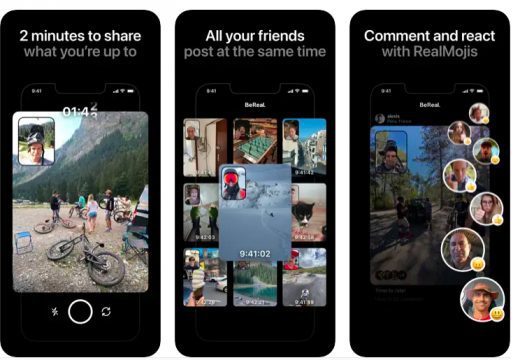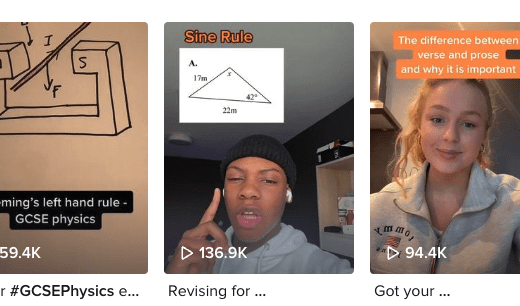Online safety is near the top of the worry list for most parents today. More teens than ever are using social media channels on the daily, and they’re doing everything from learning to socialising, gaming to shopping. For teens, learning how to spot the risks and keep safe online is a life skill that will be helpful for years to come.
The first step to keeping teens safe is to be aware of how your child is using social media. Rather than banning screens altogether – research has shown that confiscating teens’ phones is futile – try to engage with their world as much as possible.
Here, we’ve pulled together the top social media platforms, with the relevant online safety advice.
The most popular social media platforms for teens right now
1. Instagram
Instagram is one of the most popular apps with teens today. You might even use it yourself. But if you don’t, it’s an app where you can post images and videos to share with your followers.
You have the choice of having a private or a public account. With a public account, you can get your posts in front of more users by adding hashtags in your captions (i.e. #makeuptutorial).


Instagram has 2.35 billion active monthly users
Pros: It’s a great way for your teen to discover inspiring ideas and helpful content. Users can report inappropriate comments, and offending users can have their accounts deactivated by Instagram. They have a guide for parents of teens here.
Cons: The many Instagram filters mean it’s easy for people to promote unrealistic ideas of what’s real or normal – especially when it comes to body image. Instagram has been criticised for not protecting young people from harmful content, which is an ongoing issue that they’re working on improving.
2. TikTok
TikTok has exploded in popularity over the last year especially – it now has over 1.6 billion users. You might think of it as a bite-size version of YouTube. In a nutshell, it’s a place where you can share or view videos which can be as short as five seconds. Read our parent’s guide to TikTok here.
Pros: It’s a fun way for teens to be creative and they can also use it as a learning tool. The platform is moderated, and users can report inappropriate or harmful content. It’s also a great way for your teen to tap into more niche communities, depending on their hobbies.
Cons: In terms of online safety, TikTok can serve inappropriate content. Though users who are under 18 shouldn’t be shown videos that include adult topics, they may still be exposed to videos that include explicit songs. Kids (and adults) are also able to comment freely, and unkind or rude comments can be shared on others’ or their own content.
3. YouTube
You’ll know about YouTube, the video-sharing site. Make-up tutorial videos, video game demos, singing and music videos are all hugely popular on the platform. Some users who have thousands of followers, including children and teens, get paid – sometimes enough to live on – by companies for creating branded content or reviewing their products.


YouTube live events, like with MyTutor Squad group tutorials can help teens keep on top of their studies
Pros: It’s a great source of free educational and entertaining videos. YouTube has better child protection rules than many other sites, with great content filtering tools. Teens can also interact with video creators and others through YouTube live events. MyTutor Squads offer free group tutorials this way to students all across the UK.
Cons: Similar to Instagram, influencers can encourage an unrealistic view of what’s normal. If your child isn’t logged in, it’s possible for them to stumble across inappropriate content, too.
4. Snapchat
Snapchat is now declining in popularity, with around 180 million users. The app lets you take a photo or short video – with the option of face-recognition filters – to send to your friends. The video/photo then deletes itself straight after being viewed.


Snapchat has lots of face-recognition filters that let you send funny selfies
Pros: It makes video and picture sharing easy and means content doesn’t fill up the memory on your phone. It’s also a fun way to connect with friends.
Cons: If users send content that’s inappropriate or offensive, it can delete itself before the recipient gets the chance to report it.
5. Whatsapp
You’ll probably have this on your phone too. Used by billions across the world, it’s one of the most popular ways to instant message – both one-to-one and in groups. You need someone’s phone number or email address to be able to message them, and messages are ‘end-to-end encrypted’, which means they’re (basically) unhackable.


Whatsapp is now a household name and most people’s instant messaging app of choice
Pros: Whatsapp makes messaging quick and easy. It’s an easy way to stay in touch with friends and family, and for friendship groups to message each other. Users can adjust their privacy settings to protect themselves – see this guide for more on Whatsapp privacy.
Cons: It can be addictive, especially if your teen is in any active group chats. Depending on your teen’s privacy settings, Whatsapp can share when they were ‘last active’ and their location with others – check out the privacy guide to adjust this.
6. Multiplayer video games like XBox, Playstation, Minecraft, Fortnite.
Popular with lots of teens and adults, video games that are linked to the internet let you play with people from anywhere else in the world.


Fortnite is one of the most popular multi-player games at the moment
Pros: State-of-the-art gaming is really fun, and it can also be creative and educational. Instant message and audio chat options mean players can easily talk to each other while playing.
Cons: It’s possible to play with and chat to complete strangers, so online safety can be compromised.
7. BeReal
Even though BeReal only launched in 2020, it’s growing fast in popularity – with over 10.4 million monthly users. The app sends users notifications at random times of the day. Once you get the notification, you have two minutes to post a photo. There are no filters in the app. The idea is that you’re being ‘real’, versus sharing a filtered version of yourself and your day. The pictures are shared with friends (though you can also share them publicly too) and disappear after 24 hours.


BeReal has around 10 million monthly active subscribers
Pros: The app can promote positive body image and a more realistic view of life since there are no filters.
Cons: Inappropriate pictures can be sent to your teen, either from their friends or total strangers (if they’ve got their setting on ‘public’). BeReal also shares user location. This combined with the two-minute posting window means that your teen can easily be tracked.
7. Twitch
If your teen loves video games, chances are they’re into Twitch – the latest videogame-streaming platform. It’s a fun, social way to watch other people play games – you can do this through the Twitch app and online at Twitch.tv. Gamers broadcast their matches and can also share a running commentary. Skilled players with big personalities draw the biggest audiences, like Twitch influencers.
Pros: It’s free to download and watch. It’s a way of making gaming more social, with lots of content including charity fundraising streams, e-sports tournaments, and game awards shows.
Cons: Users can come across inappropriate content as there’s no way to moderate live streams – they happen in real-time. Content can only be reported and removed after it’s been posted or broadcast. Read more here.
Online safety risks for teens, and how to protect them
1. Sharing personal information
- Whatever platform your child is on, they should know to never to share personal information about themselves publicly. That includes their whole name, address, phone number, email address, bank account details and what school they go to.
- Any accounts they have on post-sharing sites or apps (like Instagram and TikTok) should be set to private, so that only people they know can see what they share.
- A good rule of thumb is to never share anything online that they wouldn’t be happy to publish on the front page of a newspaper.
2. Socialising online – staying safe and avoiding cyberbullying
- When it comes to communicating with people online, the first rule should be to speak in the same way that they would to someone face-to-face. That includes both what they say to others, and how they let themselves be treated too.
- Remind them that any strangers they do communicate with online could not be who they say they are. You don’t want to scare them, but share a few examples from the news of stories where things have gone wrong so that they know the risks that are out there.
- They should not meet up in person with anyone they’ve met online. In some cases where your teen has been having video calls with another teen who shares a common interest, you should be present if they ever want to meet in real life.
- Have regular chats together so that they feel comfortable sharing their problems with you. Usually kids who are bullied online are also bullied at school. So help them feel like they’ve got a safe space where they can talk.
3. Harmful content
The internet is full of stuff that teens and children shouldn’t see. From fake news, to images that promote a negative body image, to pornography – it’s no wonder that parents worry. While you can control what they see at home to an extent with the settings on your wifi account, it’s still easy for them to come across harmful content. The best way is to educate them on how to tackle the dangers themselves:
-
- Encourage them to take a critical approach with any information they see or read online. Where is it published? What is the expertise of the author? What is the motive of the author, or publisher? Let them know that sources will have their own agendas.
- Show them how to report content and comments they find offensive, and how to block and report inappropriate or abusive users.
- Remind them that they should come and talk to you if anything does upset them, or if they’re not sure how to respond to something, so you can work out what to do together.
4. What are influencers and why are teens so obsessed with them?
It’s a word that’s become a job title in the past few years. In a recent survey, more kids in the UK said they wanted to be influencers than doctors! An influencer is someone with an account on an online platform who has thousands or even millions of followers. They usually recommend products to buy (often with sponsorship from the company) and promote their lifestyle.
Ask your teen what influencers they pay attention to, and about the sort of content they share. Talking to your teen openly about how they’re using the web like this is a great chance to help them understand what’s healthy and what might be having a negative impact.
5. Teen body image and mental health online
A big problem for teens online is content that encourages negative body image. With all the filters and airbrushing apps, teens can have a distorted picture of reality. Most famously for girls but for boys too, influencers can push lifestyles that aren’t actually healthy. They might post pictures of what they eat, and details about dieting. This can all affect your teen’s mental health, and give them a warped idea of what’s normal and healthy.
Ask your teen about the sorts of images they’re seeing online, and how they make them feel. Even if they’re not totally open about their feelings, it’s important to tell them how people are not always honest about their real lifestyle.
Reinforcing positive messages and habits at home can help to override any negative stuff they’ve been seeing on the internet. You can also encourage screen breaks – and plan fun activities together.
It’s tough as a parent to navigate the online world that’s always changing. But staying up-to-date about online safety and what the risks are, and chatting openly with your child about them, is definitely a good place to start.
Further reading and resources on online safety:
From Anti-Bullying-Alliance– Find help and support: report cyberbullying
From the Government – Child Online Safety – a practical guide for parents and carers whose children are using social media
From NSPCC (the National Society for the Prevention of Cruelty to Children) – A Guide to Keeping Online Safety for Children
From MyTutor – The Screen Time Diet: helping your teen find the balance with tech





